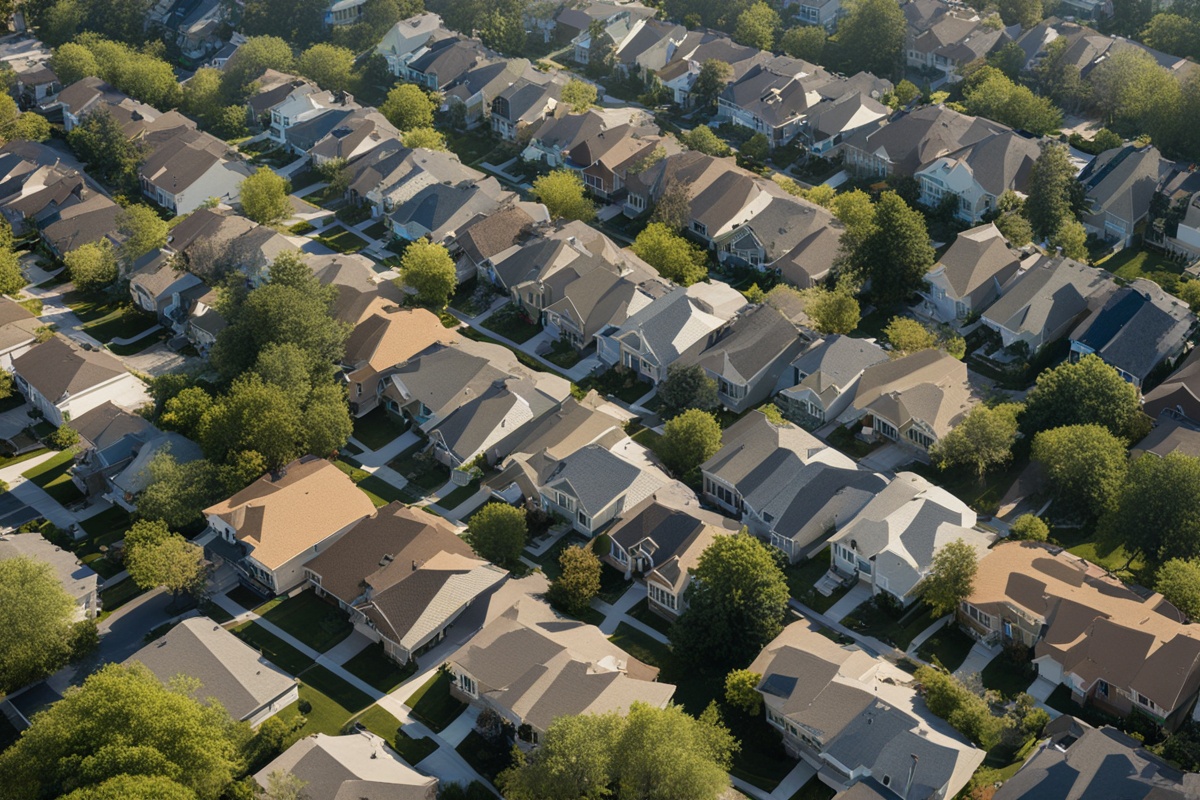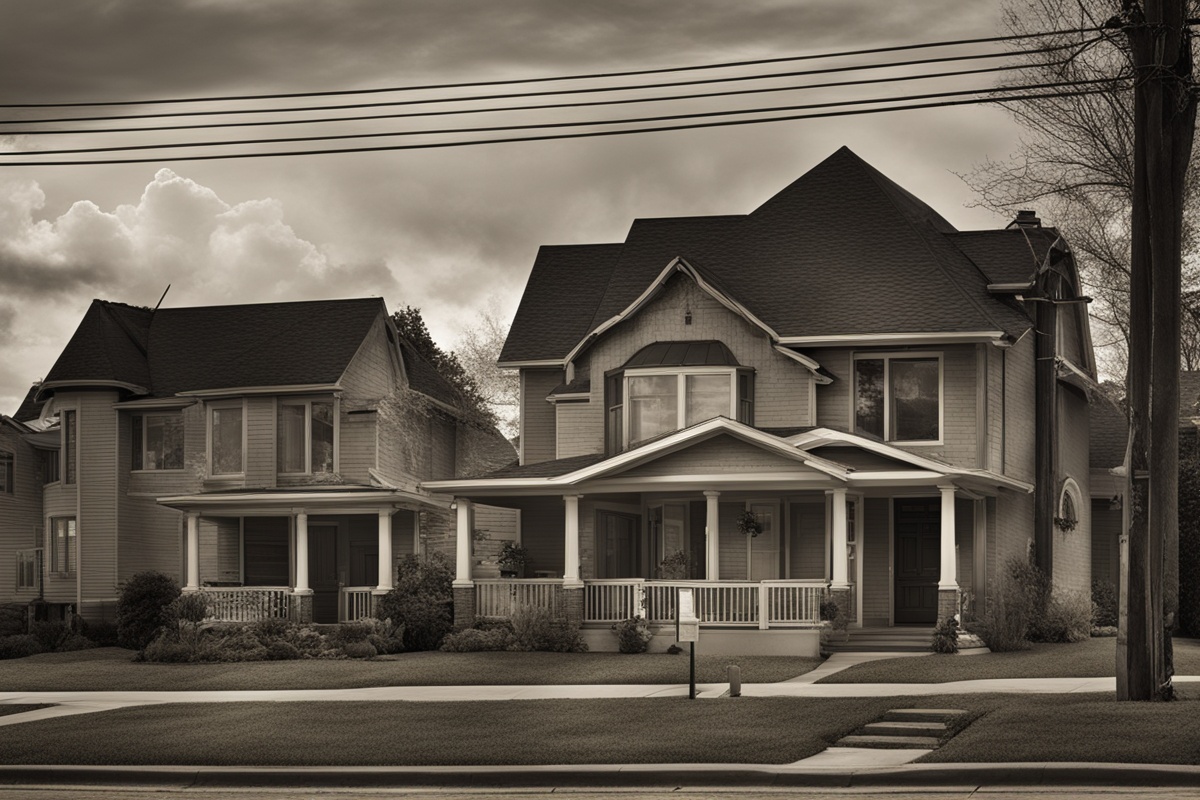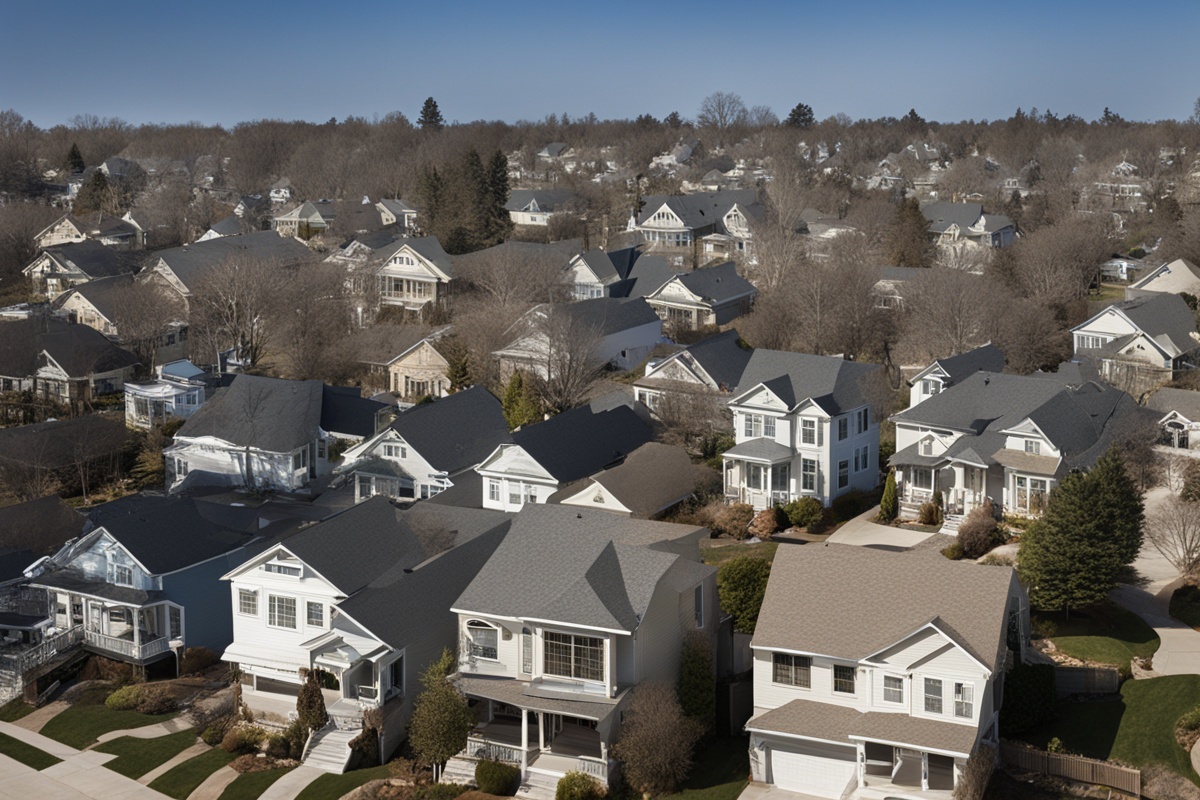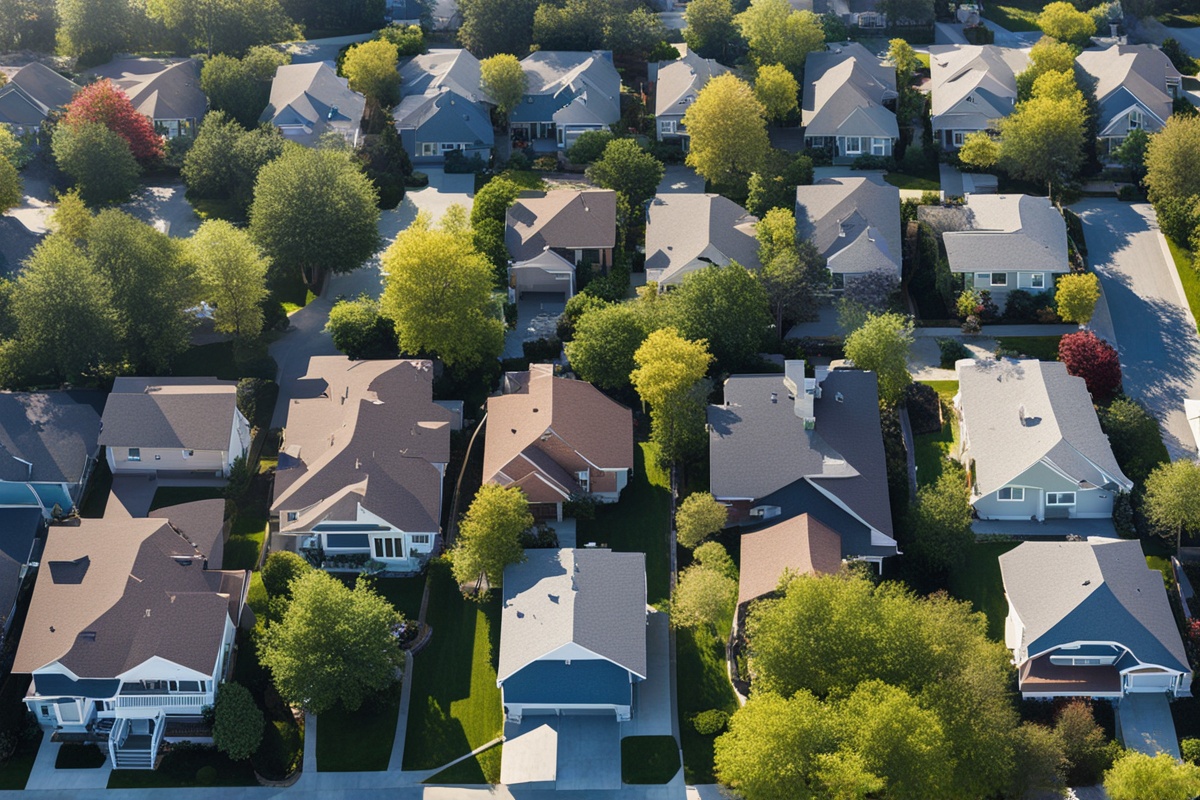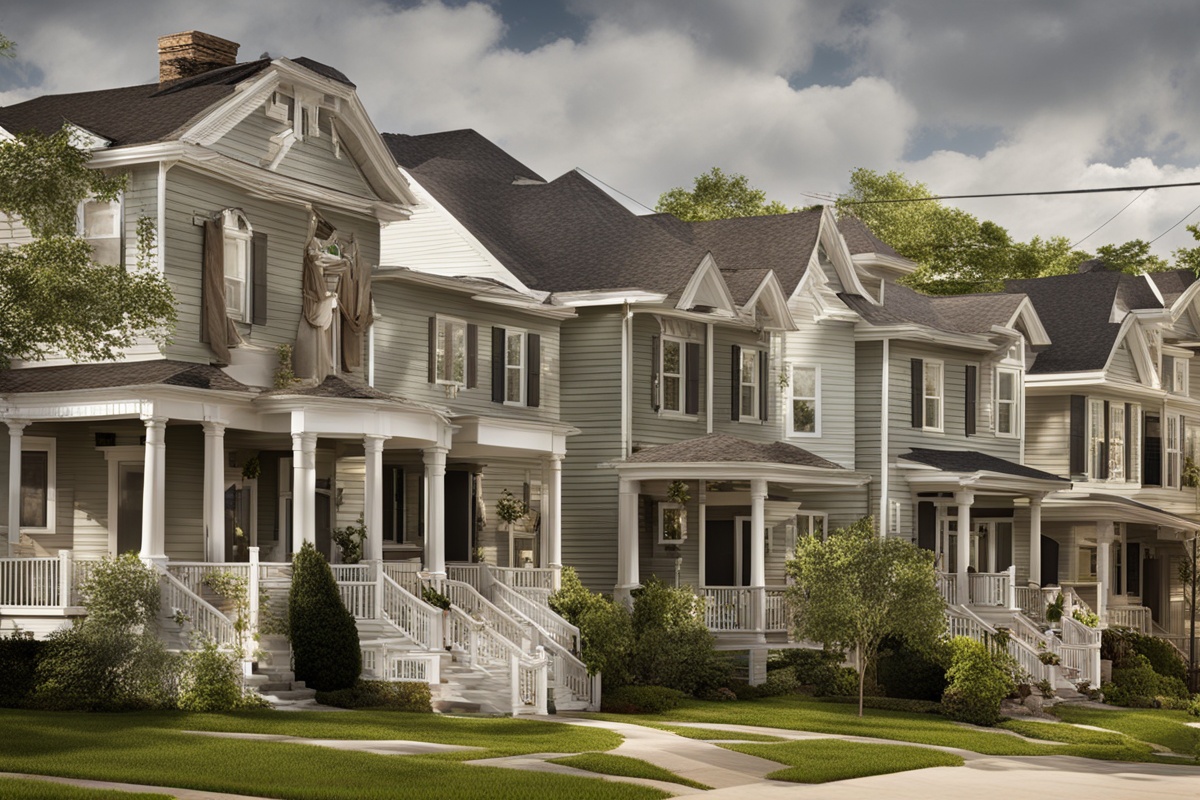Foreclosures are more than just a personal financial crisis; they can ripple through entire neighborhoods, leading to significant challenges. Neighborhood decline due to foreclosures is a critical issue that affects the fabric of communities, from property values to social cohesion. This post delves into how foreclosures contribute to deteriorating local areas and explores the broader community impact. By understanding these effects, we can better address the challenges and work toward solutions. Let’s uncover the key factors and potential remedies for this pressing concern.
About Community Impact
When foreclosures occur, they don’t just impact the homeowner; they resonate throughout the surrounding area. The community often bears the burden of abandoned properties, reduced safety, and declining aesthetics. This decline can discourage new residents or businesses from moving in, further perpetuating a cycle of neglect. The emotional toll on remaining residents can also be significant, as they witness the transformation of once-thriving streets into areas marked by vacancy and disrepair. Understanding this impact is crucial for developing strategies to mitigate the damage and restore vitality to affected areas.
Local governments and organizations often step in to address these issues, but their resources can be limited. Community members play a vital role by advocating for change, participating in neighborhood watch programs, or supporting revitalization initiatives. For more insights into how communities recover, check out related stories at Overcoming Foreclosure: Inspiring Comebacks and Key Basics.
Details on Neighborhood Decline Due to Foreclosures
Neighborhood decline due to foreclosures often begins with a single vacant home but can quickly spread. Empty properties become magnets for vandalism, crime, and neglect, reducing the overall appeal of the area. Property values drop as potential buyers shy away from investing in a declining neighborhood. This creates a domino effect, where existing homeowners may struggle to sell their homes or refinance due to decreased market interest. Additionally, the lack of maintenance on foreclosed properties can lead to overgrown lawns, broken windows, and other visible signs of decay.
Municipalities may face reduced tax revenues as property values fall, limiting funds for essential services like schools and public safety. This exacerbates the challenges for remaining residents, who may feel trapped in a deteriorating environment. Addressing these issues requires a multifaceted approach, including policies to prevent foreclosures and programs to rehabilitate vacant properties. Learn more about related topics by visiting Community Impact.
Questions About Community Effects
What is neighborhood decline due to foreclosures, and why does it matter? This phenomenon refers to the deterioration of local areas triggered by a high rate of foreclosed and abandoned homes. It matters because it directly affects the quality of life for residents, impacting everything from safety to economic stability. Another common question is: How can communities recover from such decline? Recovery often involves collaboration between local governments, nonprofits, and residents to repurpose vacant properties and attract investment.
Imagine discovering that your once-vibrant street is now dotted with empty homes, lowering property values and increasing crime rates. This scenario is all too real for many facing the consequences of widespread foreclosures. Addressing these concerns requires proactive measures, such as community outreach and financial assistance programs for struggling homeowners. For additional resources, explore Foreclosure Prevention Tips.
Exploring Neighborhood Decline Due to Foreclosures
The effects of neighborhood decline due to foreclosures are far-reaching, impacting not just individual families but entire social structures. Schools may see declining enrollment as families move away, leading to budget cuts and reduced educational opportunities. Local businesses suffer as foot traffic decreases, and some may close permanently, further eroding the economic base of the area. Social bonds weaken as neighbors move out, leaving behind a fragmented sense of belonging.
Efforts to combat this decline often include initiatives like community land trusts, which help maintain affordable housing, and urban renewal projects aimed at revitalizing distressed areas. Residents can also contribute by organizing clean-up events or supporting local businesses to keep the economy alive. To dive deeper into recovery strategies, visit Community Rebuilding After Foreclosure.
Insights for Local Impact
Understanding the broader impact of foreclosures on local areas reveals several actionable steps communities can take to mitigate damage. One key approach is early intervention, offering counseling and financial aid to homeowners at risk of foreclosure. Additionally, local policies can incentivize the purchase and renovation of foreclosed homes to prevent long-term vacancy. Collaboration between stakeholders is essential to create sustainable change and rebuild trust within affected areas.
Here are some specific consequences of foreclosure-driven decline:
- Decreased property values, making it harder for homeowners to sell or refinance.
- Increased crime rates due to vacant properties attracting illegal activities.
- Reduced municipal budgets as tax revenues from properties decline.
- Loss of community cohesion as long-term residents relocate.
- Strain on local schools and businesses due to population loss.
By addressing these issues head-on, communities can work toward recovery. Check out more on this topic at Local Effects of Foreclosure.
Strategies to Combat Decline
Reversing neighborhood decline due to foreclosures requires innovative strategies and community involvement. One effective method is implementing foreclosure prevention programs that provide loans or grants to struggling homeowners. Additionally, local governments can partner with developers to rehabilitate foreclosed properties, turning them into affordable housing or community centers. Public awareness campaigns can also educate residents on available resources and encourage collective action to maintain neighborhood standards.
Here are a few actionable ideas for residents and officials:
- Organize neighborhood clean-up days to improve the appearance of affected areas.
- Advocate for zoning changes to attract new businesses and residents.
- Support local nonprofits that assist with housing stability programs.
Imagine a community coming together to transform a row of vacant homes into a thriving park or housing project, breathing new life into the area. Such initiatives not only address physical decay but also rebuild the spirit of togetherness. By taking these steps, the negative impact of foreclosures can be minimized, fostering hope for a brighter future.

